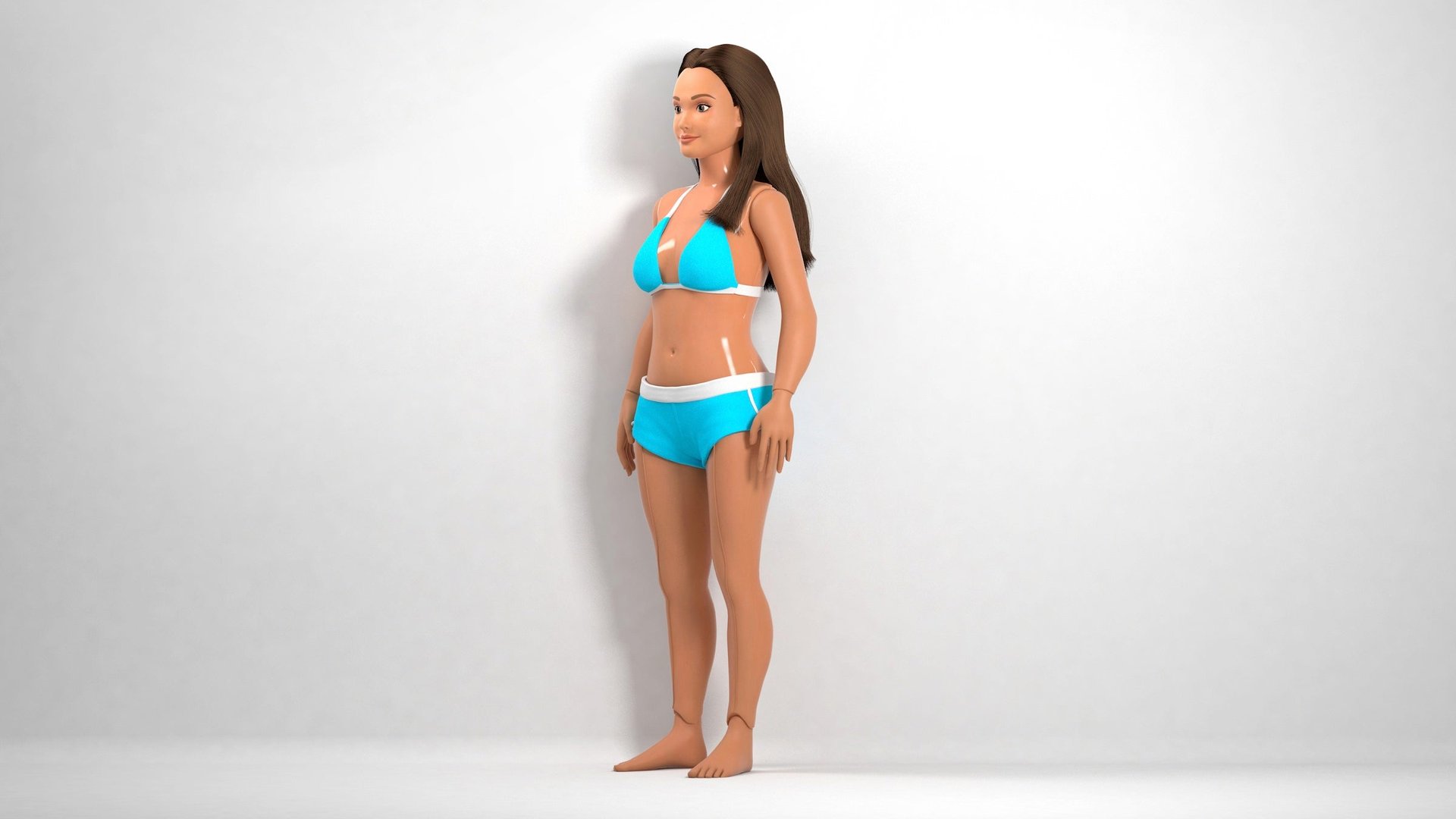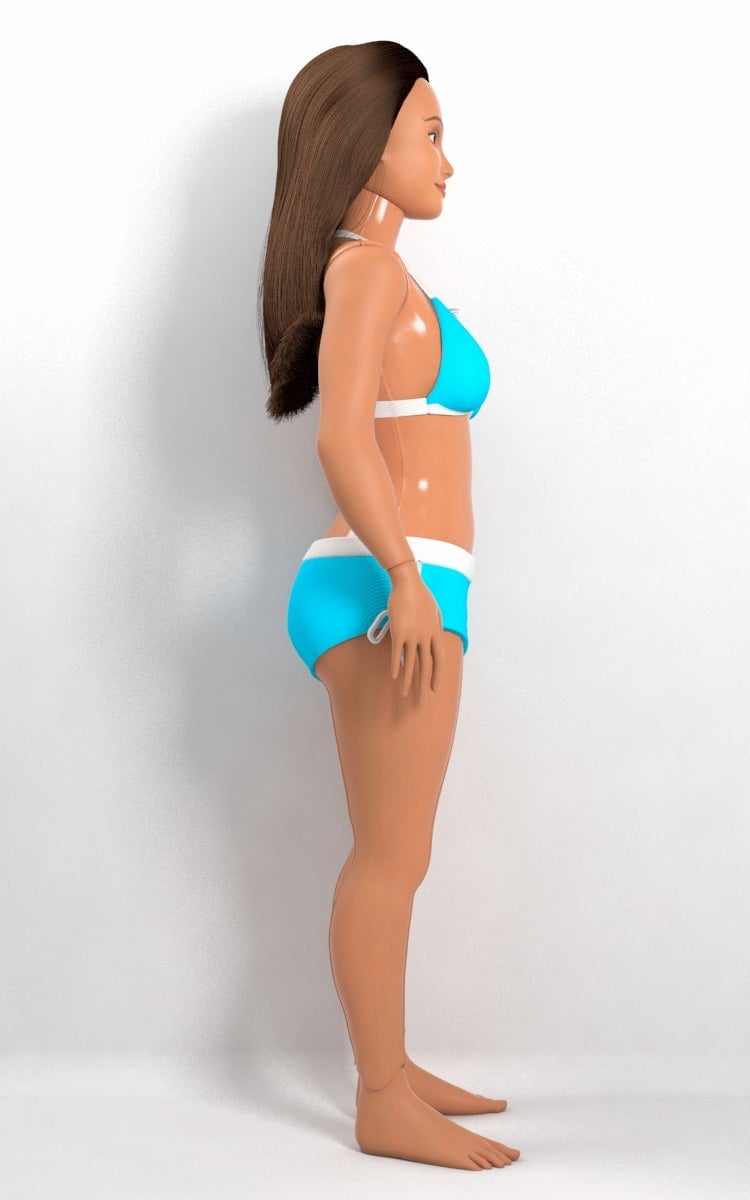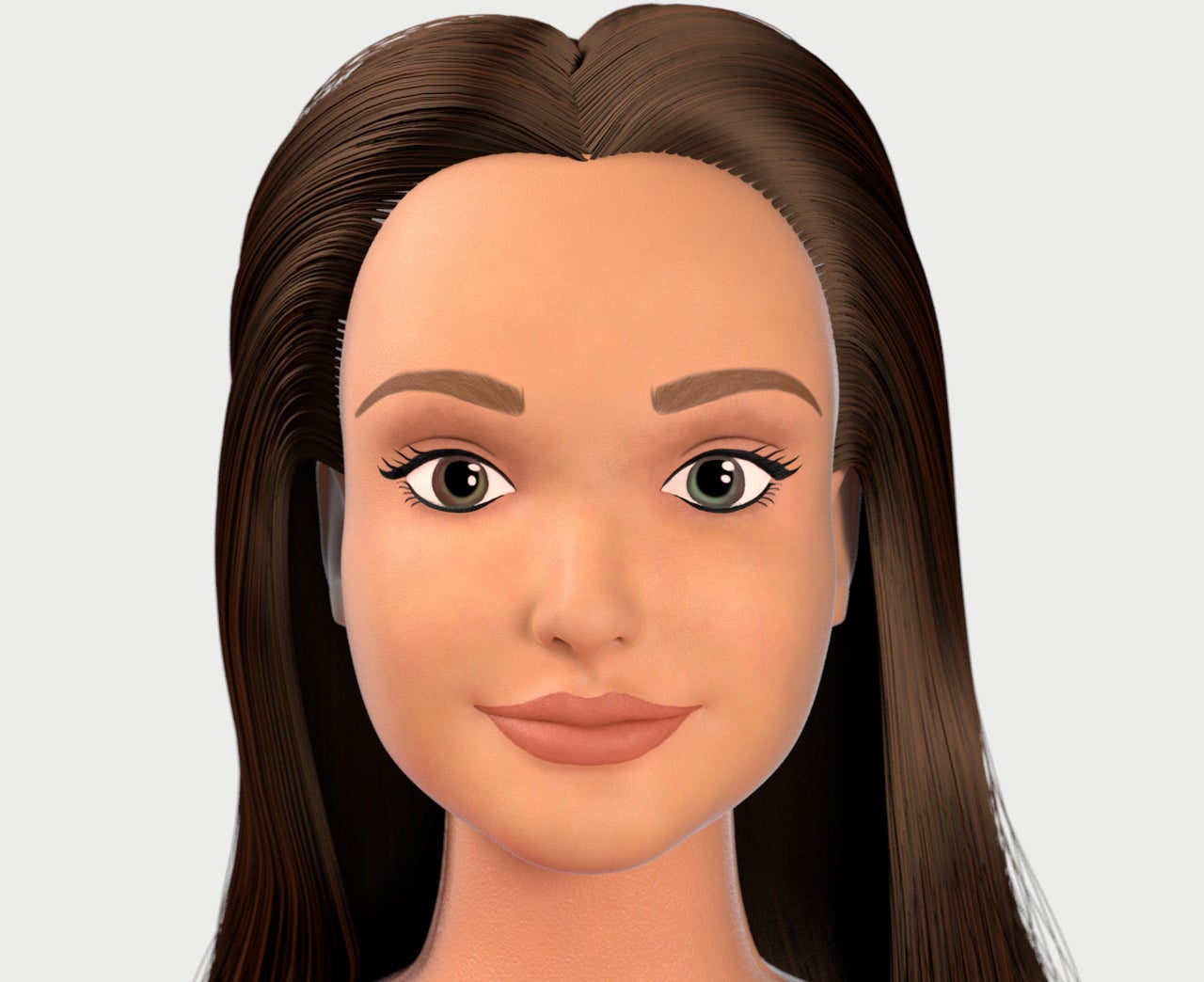You can help crowdfund an “average” Barbie, but not a plus-size one
Soon, you could buy your kids a doll that looks like a healthy, average young woman. Last year, artist and researcher Nickolay Lamm created a “Barbie” based on the measurements of average US females. The concept went viral, and now he’s crowdfunding its production using CrowdtiltOpen, taking pre-orders for dolls to be shipped late this year (assuming he reaches his crowd-funding target) and costing $17 and up each. But Lamm isn’t going for total inclusivity, and he won’t be making his dolls any heavier than average.


Soon, you could buy your kids a doll that looks like a healthy, average young woman. Last year, artist and researcher Nickolay Lamm created a “Barbie” based on the measurements of average US females. The concept went viral, and now he’s crowdfunding its production using CrowdtiltOpen, taking pre-orders for dolls to be shipped late this year (assuming he reaches his crowd-funding target) and costing $17 and up each. But Lamm isn’t going for total inclusivity, and he won’t be making his dolls any heavier than average.

“Lammily” is a tweaked version of Lamm’s “Real Barbie” prototype, and she’s got everything she needs to hit the shelves: Not just articulated limbs, but a picture-perfect face and impossibly shiny hair, too. She may be average in terms of body measurements, but she’s still representing an unfortunate standard of beauty—just a brunette one, with a butt.
That said, it’s a step in the right direction.

Lamm felt it was important to do more than get people thinking about Barbie’s proportions. “I felt I had an obligation to do this,” he told Quartz. “The Real Barbie project was cool and everything, but I didn’t want to just frame that image on my wall and call it a day. I wanted to create something real.”
But how real? Lamm says that the also popular “Plus-size Barbie” concept isn’t something he’ll ever emulate. “I want Lammily to be about promoting a healthy lifestyle,” Lamm said. “I’m all about diversity and loving yourself, but we do have an obesity epidemic. There are healthy plus-sized women out there, but as I whole I don’t want dolls that make kids think that being obese okay.”
Lamm has raised close to $6,000 of his $95,000 crowd-funding target. If successfully funded, Lamm hopes his doll will provide a more realistic alternative for kids. “But I see girls playing with both Barbie and Lammily at the same time,” he said. “I’m not trying to be a rival, or to change the way Barbie is.”
An average, healthy-looking doll is a great idea, so Lammily could be a great start. But for many of the parents crowdfunding the project, an average (and fairly caucasian) doll might not truly be the anti-Barbie they hope for.